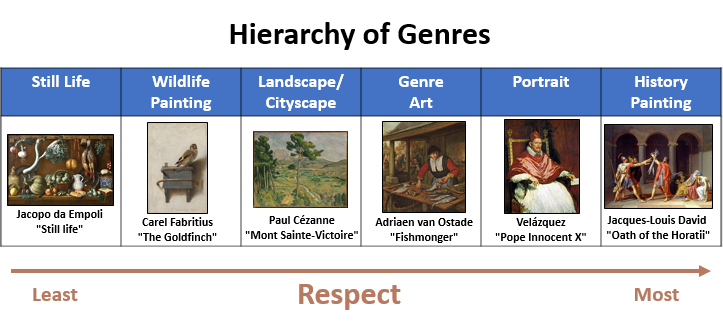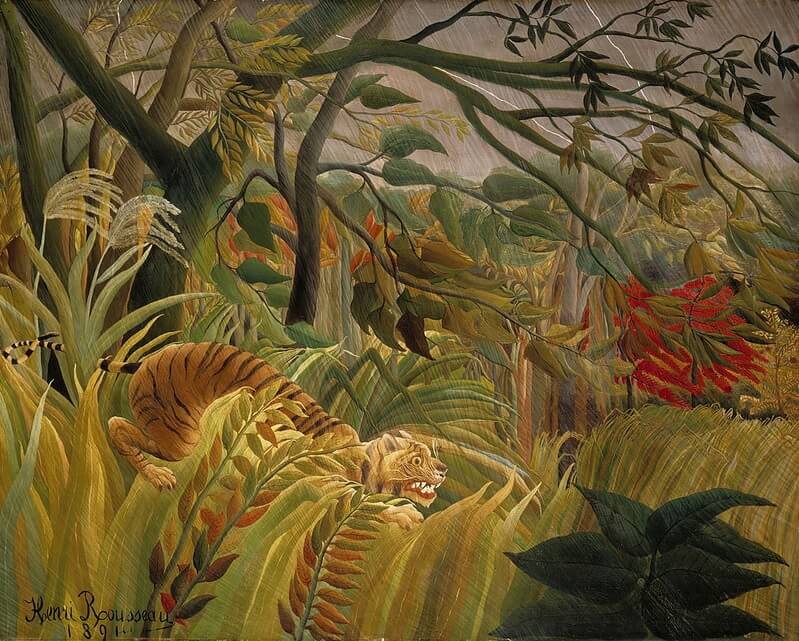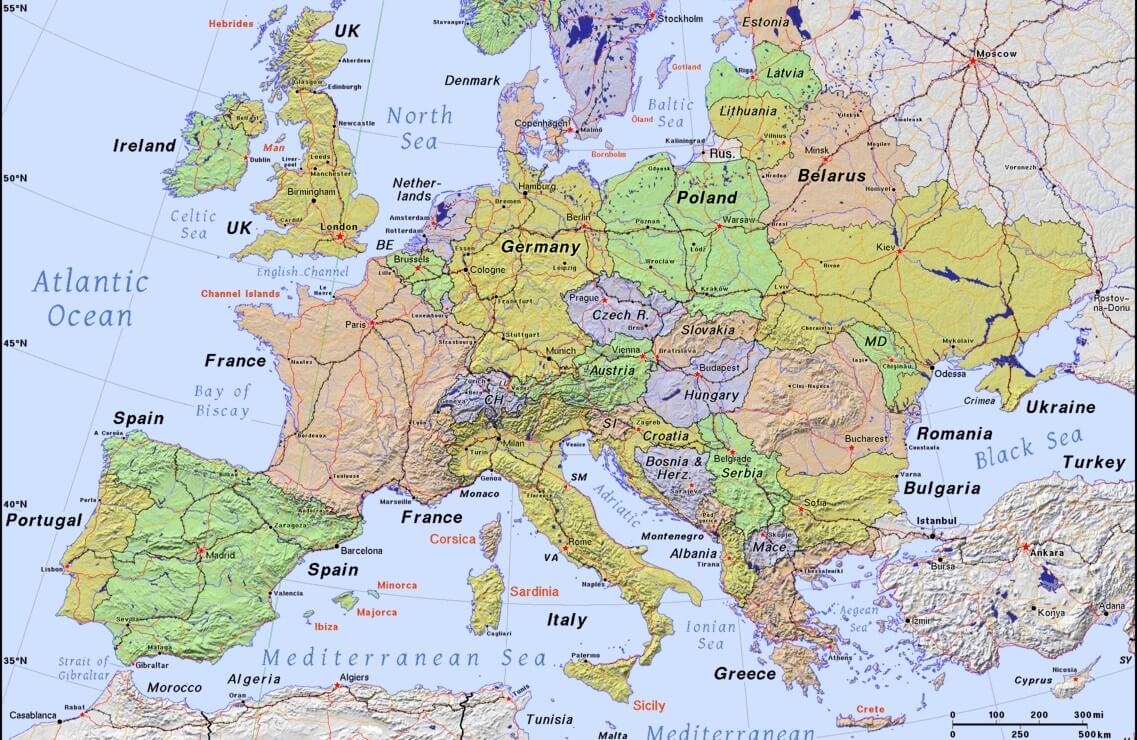Activity 1: Can You Find It?
Zoom in to find the following in the artwork:
- Wide Eyes
- Something Surprising its Prey
- Trunk
- Foliage
- Three Lightning Bolts
- Broad, Green Leaves
- Something Falling
Activity 2: Narrate the Artwork
- After studying the artwork, narrate the scene shown aloud using your own words.
Activity 3: Map the Artwork
Zoom in to find France, the home country of the artist.
Activity 4: Color the Artwork

- Click the crayon above and complete page 67 of 'Third Grade Art History Coloring Book.'
Activity 5: Create A Wildlife Art Drawing

- Click the crayon above and complete page 68 of 'Third Grade Art History Coloring Book.'
- Using crayons, color pencils, pastels, or paint, create a wildlife art drawing or painting.
- Beforehand, discuss the types of wildlife and setting for your artwork.



